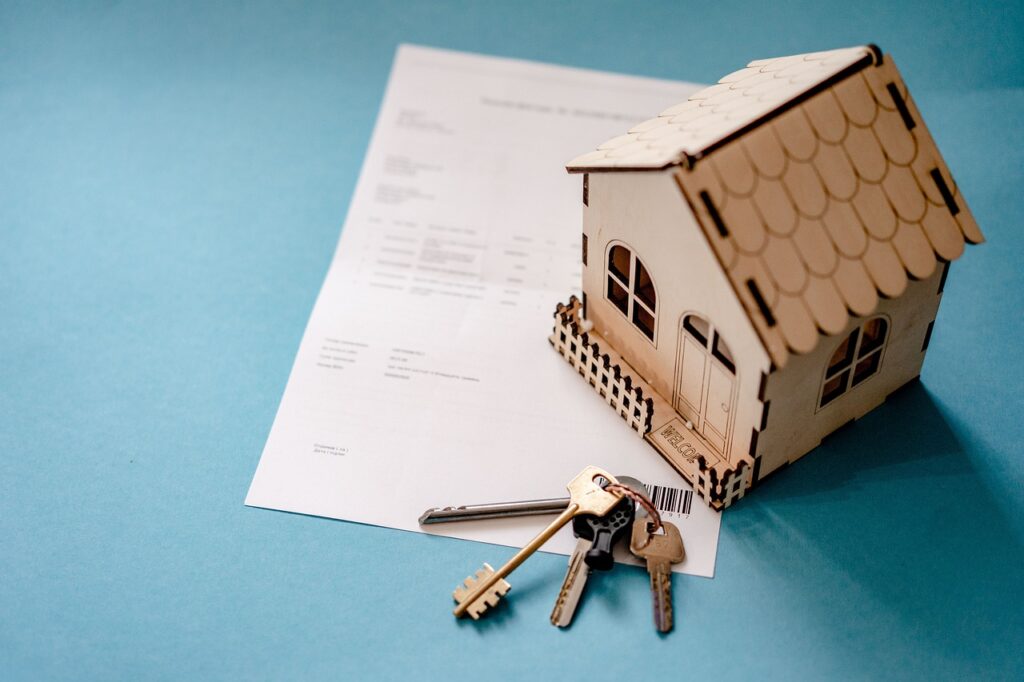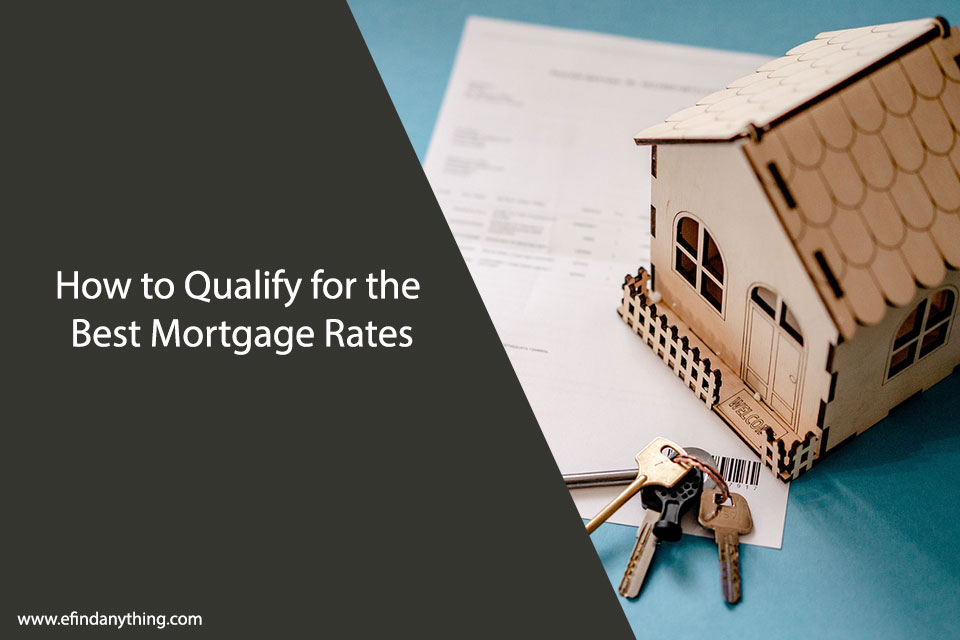Buying a home often involves securing a mortgage, and getting a good rate can save you thousands over time. This guide explains what affects mortgage rates, how to secure competitive rates, and mistakes to avoid during the process.

Table of Contents
Understanding Mortgage Rates
What Are Mortgage Rates?
Mortgage rates represent the interest you’ll pay on the loan you take out to purchase a home. They are expressed as a percentage and are essentially the cost of borrowing money for your home. For example, a mortgage rate of 5% on a $300,000 loan means you’ll pay $15,000 annually in interest (though actual payments vary with loan structure).
How Are Mortgage Rates Determined?
Mortgage rates are influenced by a mix of broader economic forces and individual borrower factors. Lenders consider national interest rate trends, inflation, and monetary policy, but they also evaluate your financial profile when determining your specific rate.
Understanding these dynamics empowers you to make smart decisions when securing a mortgage.
Factors That Affect Mortgage Rates
Lenders assess several key factors to determine the interest rate they offer to borrowers. Knowing these elements can help you take actionable steps toward better qualification:
1. Credit Score
Your credit score is critical. A higher score demonstrates financial responsibility, making you a less risky borrower in the eyes of lenders.
- Excellent scores (720+): Qualify for the lowest rates.
- Good scores (690–719): Qualify for competitive rates.
- Fair/Limited credit (below 689): May face higher rates or require additional down payment.
2. Down Payment Size
The amount of money you can pay upfront—your down payment—affects your mortgage rate. A larger down payment reduces lender risk, leading to favorable rates.
- Conventional wisdom suggests 20% down for optimal rates, but even 10% or 15% can improve offers.
3. Loan Type
Not every loan is created equal. Common loan types, such as fixed-rate mortgages, adjustable-rate mortgages (ARMs), and government-backed loans (like FHA or VA), offer varying rates. Knowing which type suits your situation, including a loan like those in Salt Lake City, ensures you don’t pay more than necessary.
4. Loan Term
Shorter loan terms, such as 15 or 20 years instead of 30, typically come with reduced interest rates. However, monthly payments are higher due to accelerated repayment.
5. Debt-to-Income Ratio (DTI)
Your DTI measures how much of your income goes toward debt repayments. Aim for a DTI at or below 36% to qualify for better mortgage rates.
How to Improve Your Qualification for the Best Rates
If you’re in the market for a home, these steps can help you position yourself for competitive rates:
1. Work on Your Credit Score
- Check Your Credit Reports: Request free reports via AnnualCreditReport.com and correct any errors that may negatively impact your score.
- Pay Down Debts: Reducing credit card balances or installment loans boosts your score while lowering your DTI.
- Avoid New Credit Applications: Each application results in a credit inquiry that can temporarily lower your score.
2. Save for a Larger Down Payment
Start setting aside funds early to strengthen your bargaining position. Even an extra 5% down can help you qualify for better rates.
3. Lower Your Existing Debt
Eliminating high-interest liabilities—such as personal loans or credit card debt—can significantly improve your DTI ratio.
4. Shop Around for the Best Lenders
Mortgage rates and terms vary widely between lenders. Comparing multiple quotes ensures you don’t settle for less favorable terms. Use online tools or brokers to speed up the process.
Tools and Resources for Mortgage Rate Comparison
Gone are the days of manually calling multiple lenders. The following tools simplify rate comparisons:
- Zillow Mortgage Marketplace: Compare lender rates in real-time.
- Bankrate.com: Gain insights into national average rates and personalized offers.
- NerdWallet Mortgage Calculator: Project monthly payments and interest for different rate scenarios.
Spending time with these resources allows homebuyers to quickly assess their top options.
The Process of Locking in a Mortgage Rate
Locking in your mortgage rate ensures you’re protected from future rate increases during the closing period. Here’s how it works:
1. Request a Rate Lock
After selecting a lender, ask about locking in your rate. Most locks last between 30 and 60 days.
2. Provide Documentation Quickly
To ensure your lock remains valid, submit all required documents (e.g., pay stubs, W-2s, and tax returns) promptly.
3. Consider Rate Lock Extensions
If closing delays occur, you may need an extension. Confirm whether extension costs apply before agreeing.
Common Mistakes to Avoid When Seeking the Best Mortgage Rates
Even with preparation, certain missteps can derail your efforts to secure the best rates. Here’s what to watch out for:
1. Skipping Pre-Approval
Failing to get pre-approved limits your options and may leave you scrambling to close quickly.
2. Not Comparing Lenders
Resist the urge to settle for the first lender’s offer. Comparing at least 3–5 quotes is essential for finding optimal terms.
3. Ignoring Hidden Fees
Low advertised rates often come with high fees. Review the Annual Percentage Rate (APR) to gauge the true cost.
4. Taking on New Debt
Opening credit lines or financing large purchases during the mortgage process can disqualify you for competitive rates.
Plan Ahead to Secure the Best Mortgage Rates
Qualifying for competitive mortgage rates takes strategic preparation—think improving your credit profile, building savings for a larger down payment, and leveraging the right tools to compare rates.
By taking these proactive steps, you’re not just saving money today; you’re setting the stage for long-term financial security.
Need help navigating the mortgage maze? Start by exploring rate comparisons today to take the first step toward your dream home.
Conclusion
Now that you have a better understanding of how mortgage rates are determined and how to improve your chances of qualifying for the best rates, it’s time to take action. Remember to prioritize your credit score, down payment size, loan type, loan term, and debt-to-income ratio in order to secure competitive rates.





